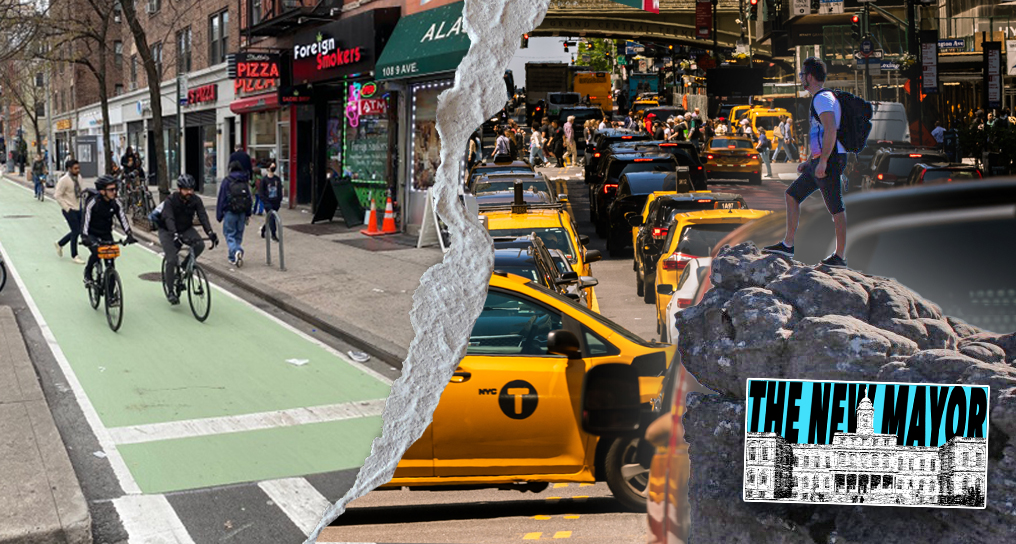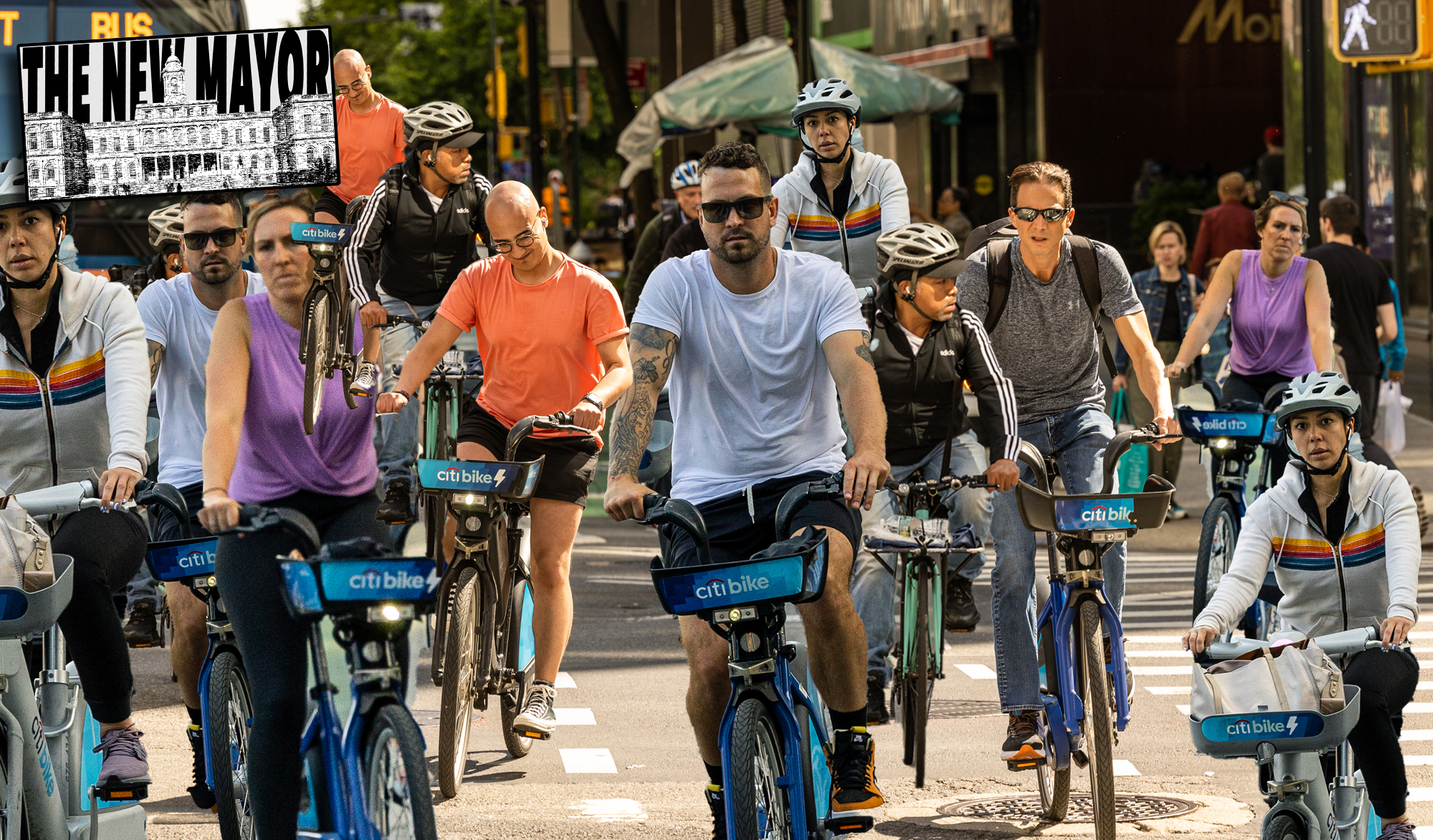Jiahuan Xu, 15, had the walk signal when she started across Grand Street in Williamsburg Friday morning. Before she reached the far side of the street, she was struck by a bus driver turning from Union Avenue and "pinned under the left front wheel," according to the Daily News. After emergency responders rescued Xu, she was taken to Bellevue Hospital and may lose her left leg.
Francisco de Jesus, the MTA bus driver who struck Xu, faces a misdemeanor charge under the city's recently enacted Right of Way Law, which means police took him to the 90th Precinct for a desk appearance ticket and he faces a $250 fine and up to 30 days in jail if convicted (a sentence with jail time for a first-time offense would be nearly unheard of, however).
The rush to discredit the new law came immediately after the arrest. TWU Local 100 spokesperson JP Patafio said bus drivers should not be held to the standards of the Right of Way Law because the "law of averages has it we’re going to get into an accident." The Daily News' Pete Donohue wrote that de Jesus was treated "like a common criminal." And three City Council members -- I. Daneek Miller, Peter Koo, and Donovan Richards -- introduced a bill to exempt all bus drivers from the Right of Way Law.
Lost in the scrum was Jiahuan Xu and, in a larger but very real sense, everyone who walks in New York. Our laws are supposed to protect people walking who have the right of way. The justice system should recognize that by imposing consequences on people who injure pedestrians with the walk signal. But before the Right of Way Law, that almost never happened.
Thousands of people are hurt while walking on New York City streets each year, and of the victims who are struck in crosswalks, a majority have the walk signal. Until last year, however, NYPD policy discouraged any consequences for drivers who struck pedestrians with the right of way unless police personally witnessed the collision. The Right of Way Law changed that, enabling law enforcement to file charges based on witness testimony, video footage, and other evidence.
The question raised by the arrest of Francisco de Jesus is not whether he's a decent person. Good people make mistakes with harmful consequences every day -- and in general the law recognizes that carelessness can rise to the level of a crime. And this isn't a debate about whether bus drivers have a hard job. There's no doubt that driving a bus in New York is demanding, stressful, and deserving of respect.
The question is: Do our laws protect people walking with the right of way, or not?
If the answer is yes, then application of the law will not only lead to charges and steeper fines for violating pedestrians' right of way, it will lead to widespread behavior change on the part of drivers, with fewer injuries and fatalities on the streets. TWU 100 President John Samuelsen's message to MTA bus drivers this weekend is proof that the Right of Way Law matters:
It is imperative that we immediately move to defend our livelihoods and protect ourselves against these attacks. Therefore, we MUST Yield/Stop “when a pedestrian or bicyclist has the right of way.” If there is a pedestrian in the crosswalk, Yield/Stop your bus until they are on the sidewalk. We must exercise extreme caution at intersections and on roadways.
Of course, Samuelsen's message is also a threat to slow down service and a pledge to fight for bus drivers to be exempt from the Right of Way Law.
But if some bus runs are a minute or two slower because the driver waited for the crosswalk to clear, that's worth it. And if our laws protect everyone walking with the right of way, we can't start carving out exceptions.
Instead, we should be asking why charges under the Right of Way Law are so rare. In the four months after the law took effect last August, only 12 charges were filed.
People with the right of way are struck by drivers of every type of vehicle, not just bus operators. The law should be applied consistently to all of them.






